Vietnam boasts a breathtaking natural heritage waiting to be discovered, and one of the most exhilarating experiences you can have here is embarking on a trek to the summit of Tay Con Linh Mountain, standing tall at 2,428 meters above sea level. Not only will you encounter pristine natural beauty, but you’ll also immerse yourself in the rich culture of the Dao people and the magnificent villages that surround the area.
Tay Con Linh Mountain: The Journey of Discovery
In the Lao Cai province, in the northwestern part of Vietnam, Tay Con Linh Mountain stretches like a spine across the Bát Xát district. It’s one of the highest peaks in the region, and the trek to its summit promises an unforgettable adventure.
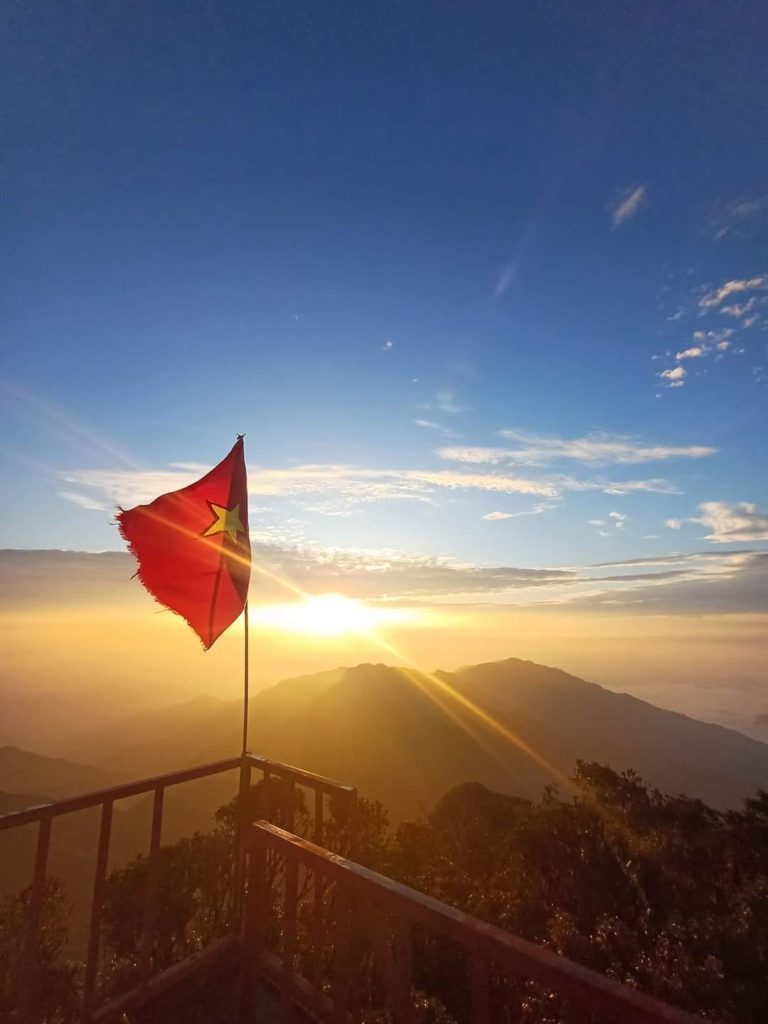
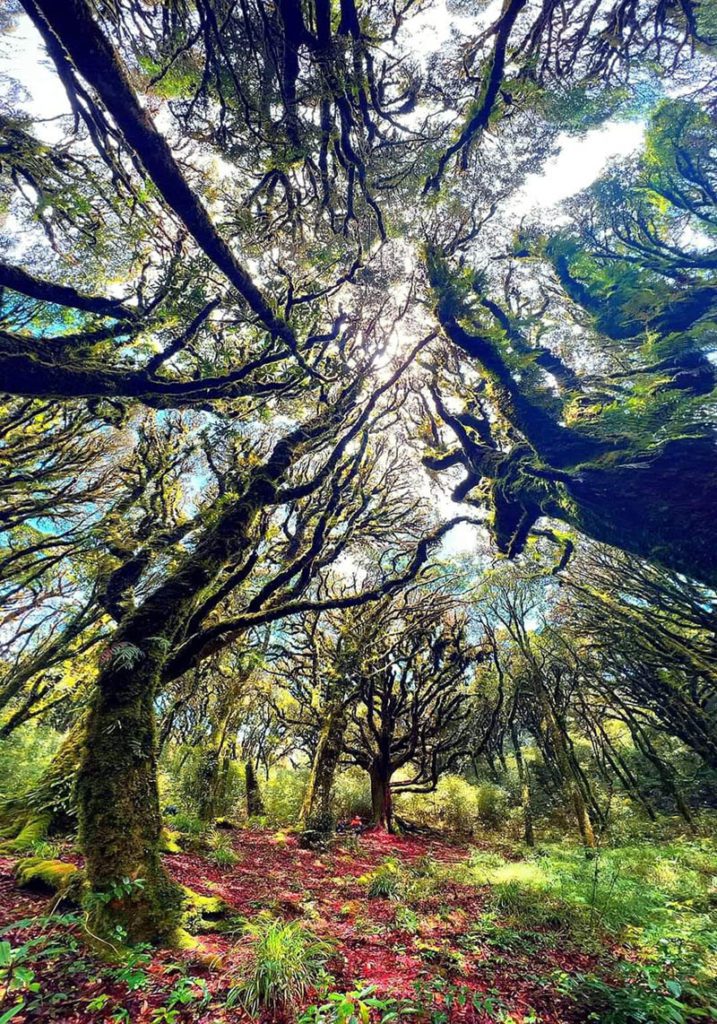
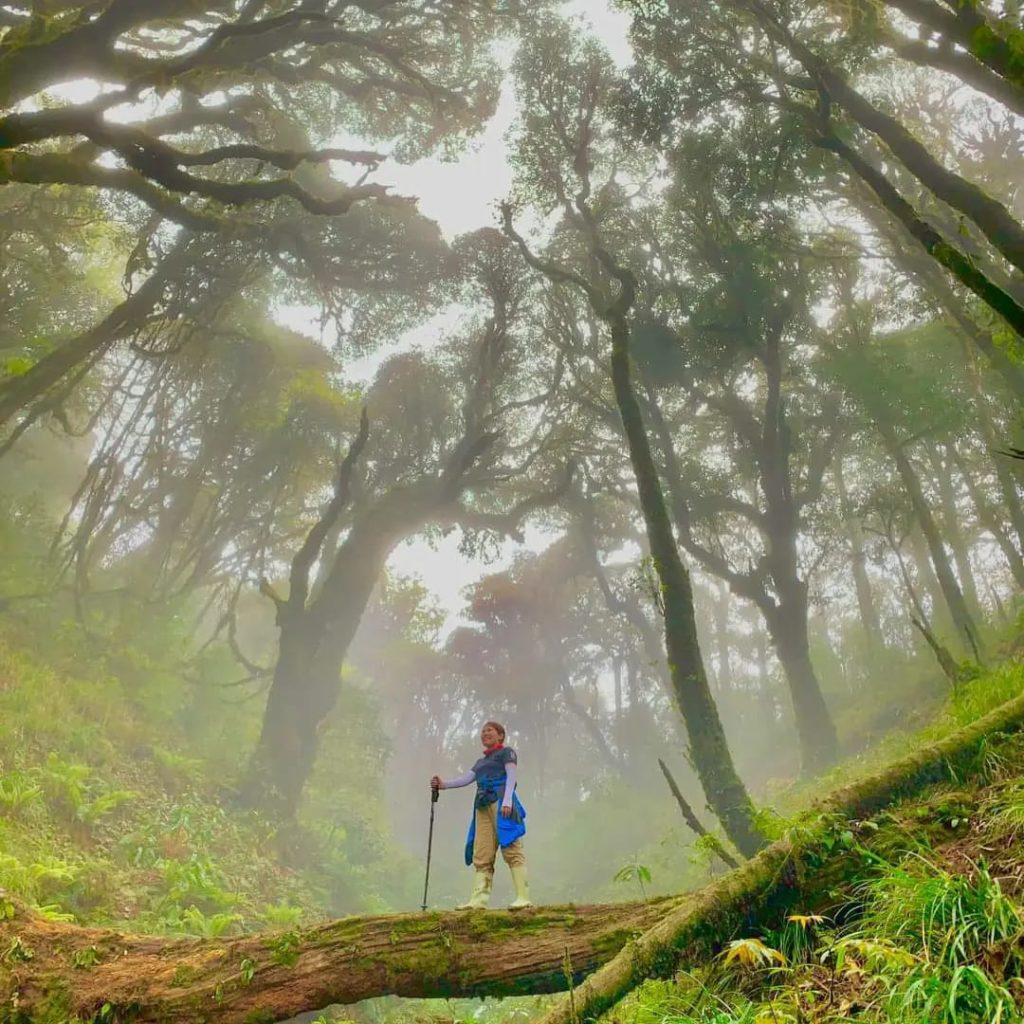
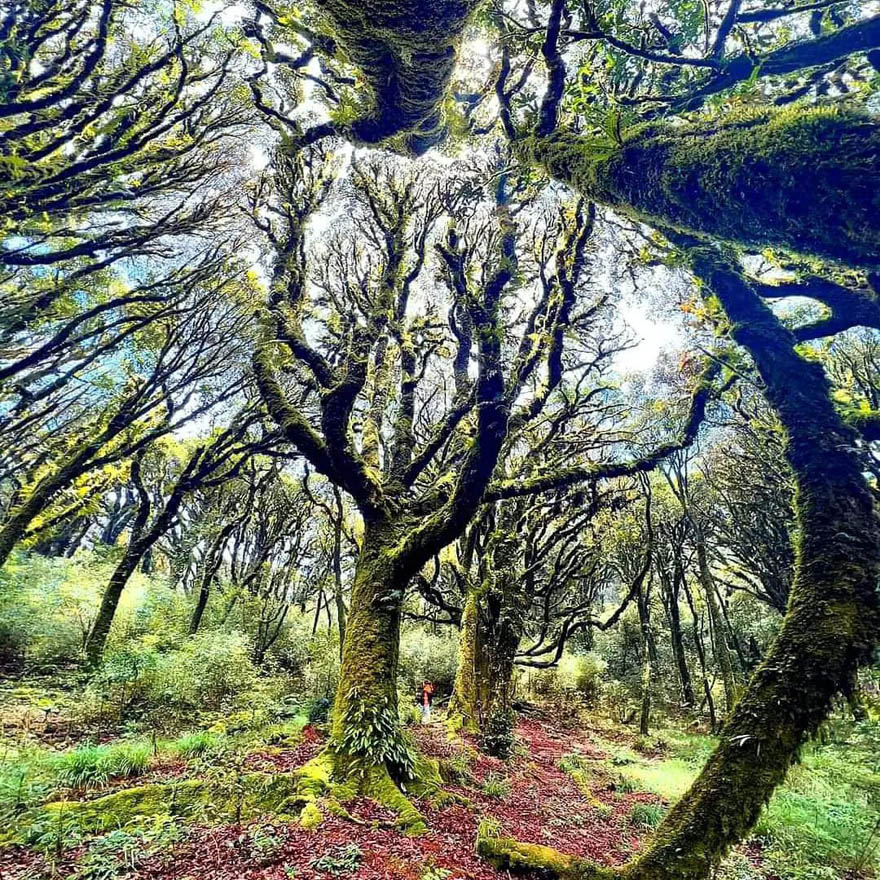
As you begin your ascent, the verdant landscapes and lush forests will embrace you, offering a glimpse into the untouched beauty of Vietnam’s northern wilderness. The trail to the top is a rewarding challenge, with panoramic views that become more breathtaking with every step. From the summit, you’ll be treated to an awe-inspiring panorama of rolling hills, dense forests, and the mesmerizing terraced fields below.
Terraced Fields: Nature’s Masterpiece

The terraced fields that adorn the slopes of Tay Con Linh Mountain are a testament to the ingenuity of the local Dao communities. These cascading fields, sculpted over generations, resemble a giant staircase to the heavens. Depending on the time of year, you’ll witness varying shades of green as rice paddies transition through the stages of growth. The terraced fields are a living testament to the harmonious relationship between humans and nature.
Waterfalls: Nature’s Symphony
As you descend from the summit, prepare to be enchanted by the sound of cascading waterfalls. The region around Tay Con Linh is blessed with numerous pristine waterfalls, each with its unique charm. Take a moment to cool off in the crystal-clear waters and savor the serene ambiance of the primeval forest.
Dao Villages: A Glimpse into Traditional Life

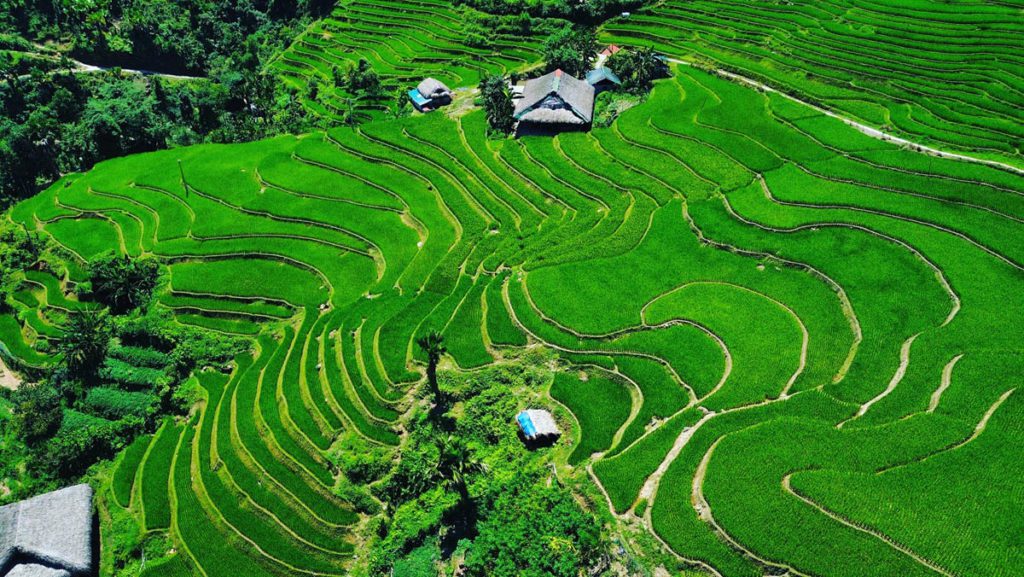
The trek around Tay Con Linh also offers an opportunity to interact with the Dao people, one of Vietnam’s ethnic minorities. Their villages, nestled in the valleys and hills, are a living testament to traditional Dao culture. You’ll be welcomed with warm smiles and open hearts, and you can immerse yourself in their daily life, learn about their customs, and even savor traditional Dao cuisine.
Practical Tips for Your Adventure
- Guided Tours: While you can explore Tay Con Linh independently, it’s highly recommended to join a guided tour. Experienced guides will ensure your safety and provide valuable insights into the region’s culture and history.
- Packing Essentials: Don’t forget to pack comfortable trekking gear, sufficient water, and some local currency, as you may need it in the villages.
- Respect Local Culture: When visiting Dao villages, remember to be respectful and seek permission before taking photographs. Learn a few basic phrases in their language, which can go a long way in building rapport.
- Weather Considerations: Check the weather forecast before embarking on your journey. The climate can be quite unpredictable, so it’s crucial to be prepared for varying conditions.
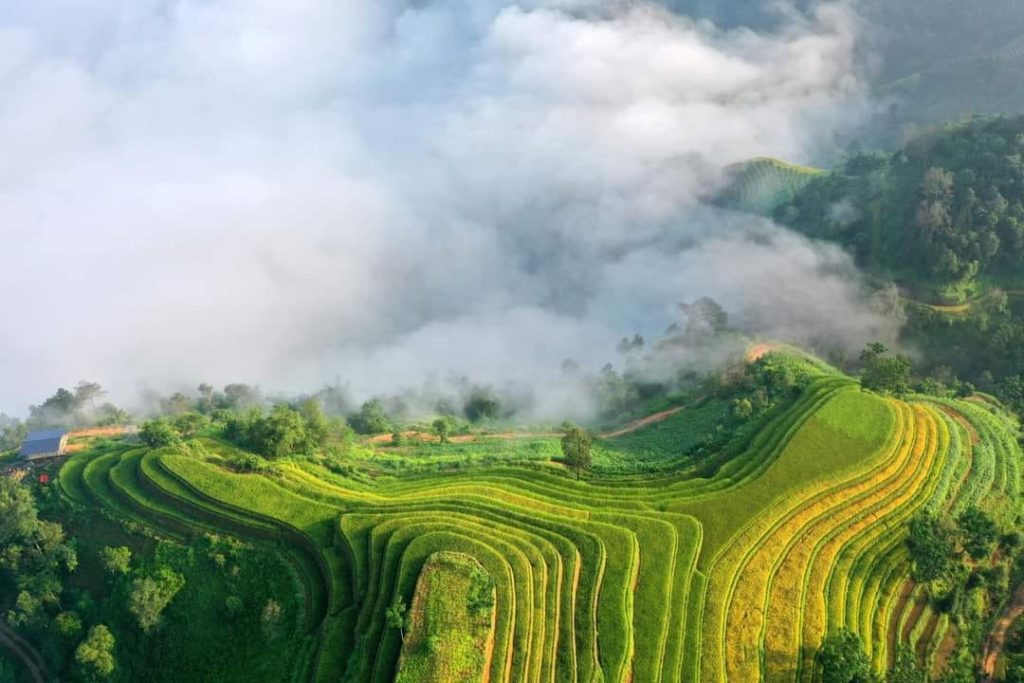
A trek to Tay Con Linh Mountain and the surrounding Dao villages is a journey of discovery, where you’ll not only witness the splendor of nature but also gain insights into the vibrant cultures that call this region home. It’s an adventure that promises memories to last a lifetime, leaving you with a profound appreciation for the beauty and diversity of Vietnam’s northwest.

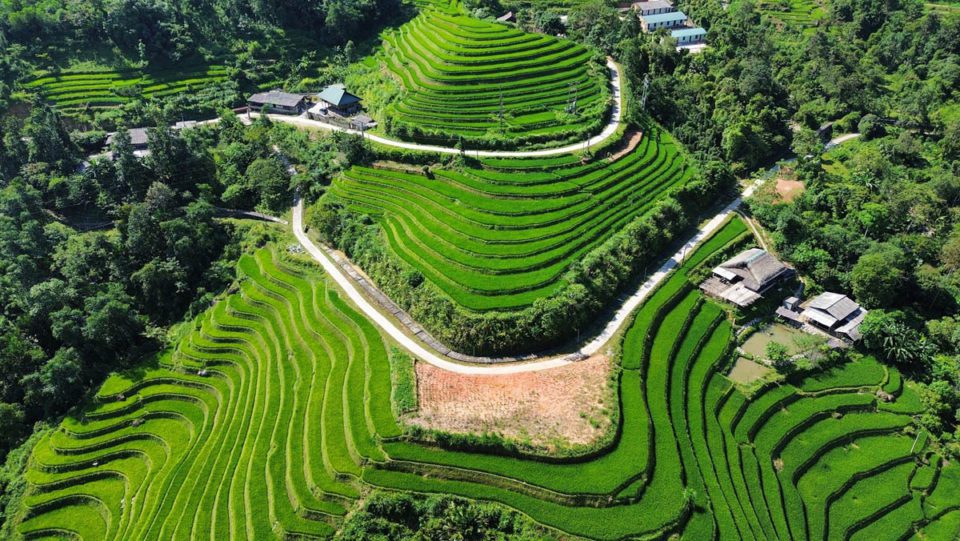
3 comments
Pretty nice post. I simply stumbled upon your blog and wished to mention that I have really enjoyed browsing your weblog posts. After all I will be subscribing in your feed and I am hoping you write once more soon!
I have been examinating out some of your stories and i can claim pretty clever stuff. I will make sure to bookmark your site.
Very interesting info !Perfect just what I was searching for! “Fear not that thy life shall come to an end, but rather fear that it shall never have a beginning.” by John Henry Cardinal Newman.